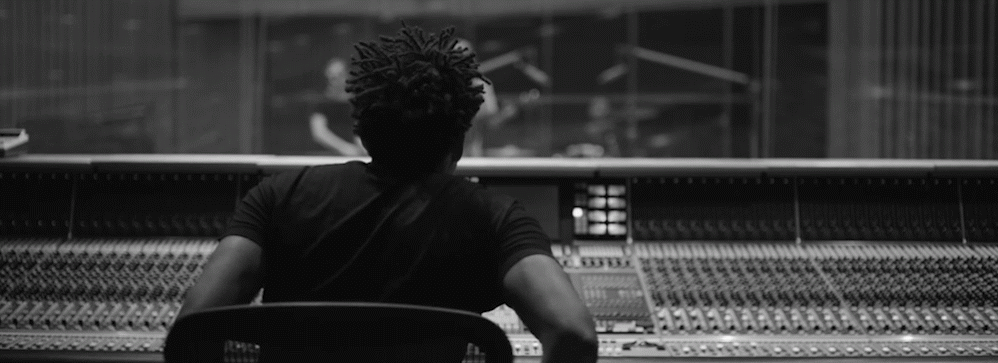
Shazam wants a five-fold increase in monthly mobile users. Already a must-have app for identifying songs, Shazam is betting different types of identification, and new markets, will help it reach that goal.
“We announced [in August] we passed the 100 million active user milestone, and we’re looking forward to crossing the 500-million active user milestone and going beyond that,” CEO Rich Riley tells Billboard.
Shazam Valued at Over $1 Billion After Latest Funding Round
Growth requires capital. Shazam announced Wednesday it raised $30 million in new funding — at a $1 billion valuation — from “family offices and institution investors,” according to Riley. That follows a $40-million investment in July by America Móvil, the Mexican telecommunications company owned by billionaire Carlos Slim.
To be sure, a $1-billion valuation puts Shazam in a rare group of Internet companies. It’s a huge number for a company that generated just $51.6 million in the fiscal year ended June 30, 2013, the last year for which information is available. But the popularity of Shazam’s mobile app and the increasing use cases suggest investors believe the company has far more growth ahead.
Shazam Begins Sharing Tagging Activity, Updates App With Useful Streaming Options
In order to grow, Shazam must give people more reasons to use its app. In addition to identifying songs, Shazam’s technology has allowed brands and producers to make their television content Shazam-able. More functions have since been added. A partnership with Digimarc means Shazam can identify identifications embedded in everything from print advertising to consumer packaging. Ultrasonic watermarks allow Shazam users to receive exclusive offers and content in Adspace Networks’ 2,800 video screens in shopping malls around the U.S. And a deal with Audience Partner — a company that develops technology for interactive movie theaters — will connect Shazam users with motion-sensitive advertisements.
Beacons is an area with significant potential. Shazam can allow users to find nearby beacons and receive relevant content such as personalized greetings and targeted mobile advertisements. Companies also plan to use beacons for mobile payments. Apple is building iBeacon into its mobile operating system (iOS 7 or later). PayPal is developing a USB dongle that will enable users of the PayPal mobile app to make payments at participating retailers. In turn, Shazam has established a partnership with Gimbal, a Qualcomm-owned company that develops Bluetooth beacon technology. “We’re committed to being a first mover in beacons,” says Riley.
Geographical expansion is another route to 500 million active users. Riley says Shazam is “ramping up” its partnership with America Móvil in Latin America, spending more time in Asia and working on some partnerships in India. China, on the other hand, will be a tougher nut to crack. Shazam’s primary use case is music identification and track purchasing, but Riley says the country is not strong in music purchases. He notes the country is often difficult to outside Internet companies. Even so, Riley says the company will continue to look for the right opportunity and “would love to find a way to participate in that enormous market.”

